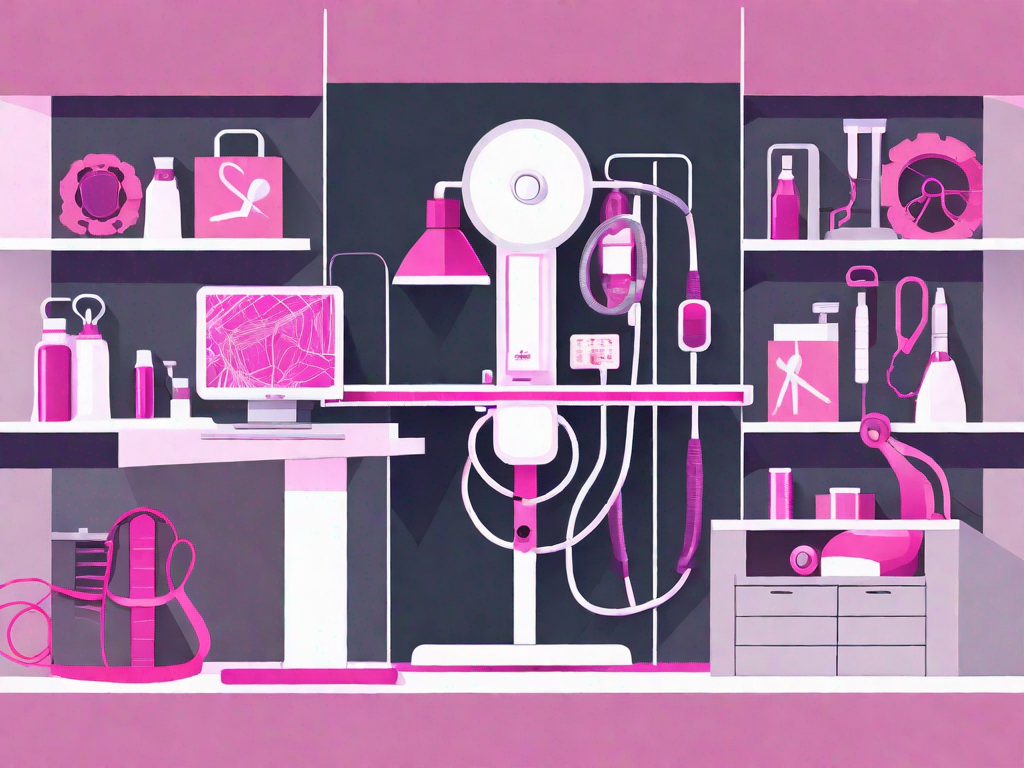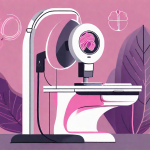Mammogram screenings are a vital tool in the early detection and fight against breast cancer. This comprehensive guide explains the importance of regular mammograms, emphasizing their role in identifying breast abnormalities before they become symptomatic, thus significantly increasing treatment success. It details what a mammogram is, who should get screened, and how to prepare for an appointment. The guide reassures readers that, while mammograms aren’t foolproof, they are crucial for detecting potential issues and reducing breast cancer mortality rates. Understanding what to expect and the next steps after abnormal results can empower individuals to prioritize their breast health.
Regular mammogram screenings are one of the most important steps that individuals can take to prioritize their breast health. Not only do mammograms play a pivotal role in the early detection of breast cancer, but they have also been proven to decrease mortality rates by identifying potential issues before they become more severe. Understanding the importance of mammogram screenings and knowing what to expect can help individuals make informed decisions about their health. Let’s delve into the world of mammogram screening and explore why it is so vital.
Understanding Mammogram Screening
Before we delve into the details, let’s begin by understanding what exactly a mammogram is. A mammogram is a low-dose X-ray examination of the breasts that can detect early signs of breast cancer, such as lumps or abnormalities that may not be felt during a physical examination. Mammograms are an essential tool in breast cancer screening as they can identify potential issues long before any symptoms may arise.
Now that we know what a mammogram is, let’s explore their role in breast cancer detection. Mammograms serve as a powerful diagnostic tool that can uncover even the most subtle changes in breast tissue. By capturing detailed images, mammograms help radiologists identify any potential abnormalities that could indicate the presence of cancer.
When it comes to breast cancer screening, early detection is key. Mammograms play a crucial role in this process by allowing healthcare providers to detect breast cancer in its earliest stages. The ability to identify abnormalities before they become symptomatic can significantly increase the chances of successful treatment and improve overall survival rates.
During a mammogram, the breast is gently compressed between two plates to spread out the breast tissue. This compression is necessary to obtain clear and accurate images. While it may cause some discomfort, it only lasts for a few seconds and is essential for obtaining high-quality results.
Once the images are captured, they are carefully examined by radiologists who specialize in breast imaging. These experts analyze the images for any signs of abnormalities, such as masses, calcifications, or distortions in the breast tissue. Their expertise and attention to detail are vital in ensuring accurate interpretation and diagnosis.
It’s important to note that mammograms are not infallible. In some cases, abnormalities may be missed, leading to false-negative results. This is why regular screening is crucial, as it increases the chances of detecting any potential issues that may have been missed in previous screenings.
While mammograms are primarily used for breast cancer screening, they can also be used for diagnostic purposes. If a lump or other abnormality is detected during a physical examination or on a mammogram, further diagnostic tests, such as ultrasound or biopsy, may be recommended to determine the nature of the abnormality.
Overall, mammograms are a vital tool in the fight against breast cancer. They provide a non-invasive and relatively quick method of detecting potential issues in the breast tissue. By undergoing regular mammograms as recommended by healthcare professionals, individuals can take proactive steps towards early detection and improved outcomes in the battle against breast cancer.
The Importance of Regular Mammograms
Early detection of breast cancer is crucial for successful treatment and improved outcomes. Regular mammograms enable healthcare professionals to detect breast cancer in its earliest stages, often before it has spread beyond the breast tissue. This early detection allows for a wider range of treatment options, which can lead to better outcomes for patients.
Furthermore, regular mammograms have been proven to reduce mortality rates associated with breast cancer. By identifying and treating breast cancer at an early stage, individuals have a higher chance of successful treatment and survival. Regular screenings empower individuals to take control of their breast health and increase their chances of living a long and healthy life.
Who should get a Mammogram?
Now that we understand the importance of regular mammograms, it’s essential to know who should undergo screening. While guidelines may vary slightly depending on individual risk factors, it is generally recommended that women begin regular mammogram screenings around the age of 40. Consult with your healthcare provider to assess your specific risk profile and determine when mammogram screenings should commence.
In addition to age guidelines, certain individuals may be considered high-risk for developing breast cancer. High-risk individuals may include those with a family history of breast cancer, genetic mutations such as BRCA1 or BRCA2, or a personal history of previous breast abnormalities. If you fall into any of these categories, your healthcare provider may recommend earlier or more frequent mammogram screenings for optimal breast health surveillance.
Preparing for your Mammogram
Now that you are aware of the importance of regular mammograms and who should undergo screening, let’s discuss how to prepare for your mammogram appointment. Understanding what to expect can help alleviate any anxiety or discomfort you may feel before the procedure.
When you arrive for your mammogram, a trained healthcare professional will guide you through the process. During the examination, you will need to undress from the waist up and wear a hospital gown. The technologist will then position your breasts on the mammogram machine, compressing them briefly between two plates to obtain the necessary images. While this may cause mild discomfort or pressure, the compression only lasts for a few seconds and is necessary to produce clear images.
To make your mammogram experience more comfortable, here are a few tips:
- Wear a two-piece outfit for easy access to the breast area.
- Avoid using deodorants, lotions, or powders on your chest on the day of your mammogram, as these substances can interfere with the imaging process.
- Communicate openly with the technologist if you experience discomfort during the procedure. They can adjust the compression to minimize discomfort while maintaining the quality of the images.
- Remember that the mammogram procedure itself is relatively short, usually taking about 15-20 minutes. Knowing that you are taking a significant step toward protecting your breast health can make the process more manageable.
Interpreting Mammogram Results
After your mammogram, a radiologist will analyze the images and prepare a report detailing their findings. It’s normal to feel a sense of anticipation during the waiting period for your mammogram results, but try to remain positive and trust in the medical professionals’ expertise.
Your mammogram report will typically fall into one of three categories: normal, benign findings, or findings that require further evaluation. A normal result provides reassurance that no abnormalities were detected during the screening. Benign findings indicate the presence of noncancerous changes in the breast tissue. Findings that require further evaluation are not necessarily indicative of cancer but may prompt additional tests, such as further imaging or a biopsy, to rule out any potential issues.
Next Steps After an Abnormal Mammogram
If your mammogram report suggests that further evaluation is needed, it is natural to feel concerned. However, it’s important to remember that an abnormal result does not automatically mean you have breast cancer. Many findings that require further evaluation turn out to be benign or require minimal intervention.
Following an abnormal mammogram, your healthcare provider will guide you through the next steps, which may include additional imaging, such as a diagnostic mammogram or breast ultrasound, or a biopsy to obtain a definitive diagnosis. Remember that early detection provides the opportunity for early intervention and an increased likelihood of successful treatment outcomes.
As we conclude this comprehensive guide to mammogram screening, we hope that you have gained a deeper understanding of the importance of prioritizing your breast health through regular screenings. By taking proactive measures and staying informed about mammogram screenings, you are empowering yourself to make informed decisions for your overall well-being. Remember, knowledge is power when it comes to protecting your health.






